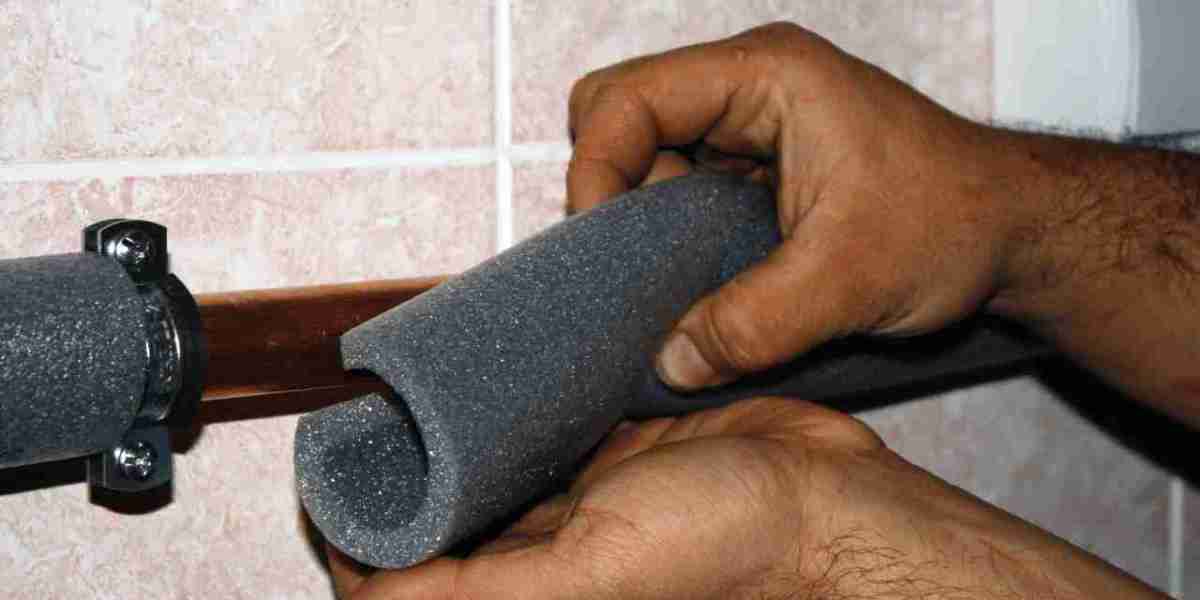If your cold tap suddenly stops working or the water comes out in sputters, you might have an airlock in your plumbing system. It’s a common issue that often leads to low house water pressure. And if you're searching for help from Phoenix plumbers today, chances are you're dealing with more than just an annoying trickle.
Airlocks can block the smooth flow of water and are especially tricky in cold water pipes. Let’s dive into what causes airlocks, how to remove them, and why this problem is common in many California cities.
What is an Airlock?
An airlock happens when air gets trapped inside your plumbing system. Unlike water, air compresses easily. When it gathers at a high point in the pipe, it forms a blockage. This disrupts the water flow and results in sputtering taps or total water stoppage.
Cold water pipes are especially prone to this issue after repairs, pump changes, or pressure surges.
Common Causes of Airlocks in Cold Water Pipes
Understanding why airlocks occur helps prevent them in the future. Here are some top culprits:
1. System Repairs or Maintenance
Whenever the water supply is shut off—like during a repair—air can enter the lines. If not flushed properly afterward, it gets trapped.
2. Sudden Pressure Drops
Low water pressure or power outages can cause backflow or turbulence. This allows air to slip into the system.
3. Poor Pipe Installation
Sloped pipes or poorly vented systems create pockets where air naturally collects.
4. Leakage or Cracks
Air can sneak in through small cracks or poorly sealed joints—especially in older homes in Fresno, Stockton, and Riverside, where aging infrastructure is common.
5. Pumps or Booster Malfunction
If your home uses a pressure pump and it malfunctions, it can create suction that pulls air into the lines.
Symptoms of an Airlock
If you're unsure whether you have an airlock, here’s what to look for:
Cold water tap runs with weak pressure or no flow
Water spits out instead of running smoothly
Loud gurgling or bubbling noises from pipes
Normal pressure in hot taps but issues in cold ones
Uneven or pulsing water flow
If these signs sound familiar, it’s time to tackle the airlock—and restore your water pressure.
DIY Methods to Remove an Airlock
There are a few easy ways to deal with an airlock. Let’s go through the most effective techniques.
1. The Hosepipe Method (Most Common)
You’ll need a hosepipe and access to a working tap (usually a hot tap) and the problematic cold tap.
Steps:
Connect the hosepipe between the working hot tap and the faulty cold tap.
Open the cold tap first.
Then, turn on the hot tap.
Let water run for a few minutes. The higher pressure should force the air out of the cold line.
Turn off both taps, disconnect the hose, and test the cold tap.
This method works well in homes in Modesto, Santa Rosa, and other California areas with frequent pressure fluctuations.
2. Bleeding the System
This approach clears air from the entire water system.
Steps:
Turn off the main water supply.
Open all taps (hot and cold) to drain remaining water.
Wait until water stops flowing completely.
Close all taps and turn the main supply back on.
Reopen taps one by one to reintroduce water.
This resets your system and pushes air out as water fills the lines again.
3. Towel and Plunger Trick
This method is helpful for bathroom sinks or isolated fixtures.
Steps:
Block the overflow hole using a damp towel.
Fill the sink halfway with water.
Use a plunger on the drain to force water into the pipe.
Repeat a few times to dislodge air bubbles.
This works best when dealing with single-point cold tap issues.
When to Call Phoenix Plumbers Today
DIY methods can help, but some airlocks are too stubborn. If none of these methods fix the problem, it’s best to contact a professional.
Licensed plumbers can:
Use specialized tools to force air out of the system
Detect hidden leaks or improper pipe slope
Adjust water pressure regulators
Fix pump-related issues causing recurring airlocks
In California cities like Bakersfield, Oxnard, and Chula Vista, many homeowners rely on professionals due to aging or complex plumbing layouts.
How Airlocks Impact Low House Water Pressure
An airlock not only stops water flow—it can cause lasting damage if ignored. Here's how:
Reduced pressure in cold lines
Uneven distribution of water throughout the home
Stress on your pump or water heater system
Potential leaks due to trapped pressure and pipe vibration
Fixing the airlock quickly helps preserve your system and keeps low house water pressure from becoming a chronic issue.
Preventing Future Airlocks
Want to avoid airlocks from happening again? Try these preventive steps:
1. Regular System Flushing
Flush all lines after a repair or water outage. Open taps fully to let trapped air escape.
2. Install Air Release Valves
These valves automatically expel air from the system. They're a smart investment for homes with frequent issues.
3. Improve Pipe Design
If your plumbing system has lots of ups and downs, have a plumber evaluate it. Straightening lines or changing pipe slopes can help.
4. Monitor Water Pressure
Keep your home’s pressure around 50-60 psi. Use a gauge or ask your local plumber to check it.
Why It’s Common in California
Airlocks are a recurring problem in California for several reasons:
Aging infrastructure in cities like Fresno and Sacramento
Drought regulations that affect water flow and pressure
Hard water buildup in older pipes contributes to narrowing
Frequent repairs or pressure drops due to municipal maintenance
Homeowners across the state—from Long Beach to Santa Ana—experience airlocks as part of regular plumbing frustrations.
Final Thoughts
Airlocks in cold water pipes are more than just annoying—they can be a major cause of low house water pressure. Whether you’re dealing with gurgling taps, sputtering flow, or no water at all, addressing an airlock is the first step to restoring normal water service.
Try the DIY methods like the hosepipe trick or bleeding the system. If the issue persists, don’t hesitate to call phoenix plumbers today or a certified local plumber in California.




